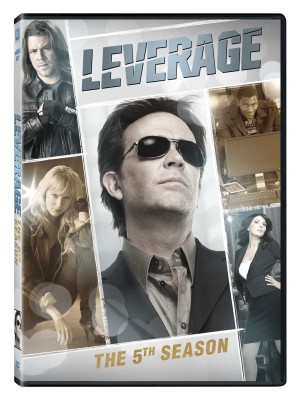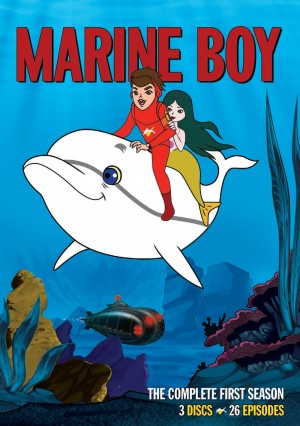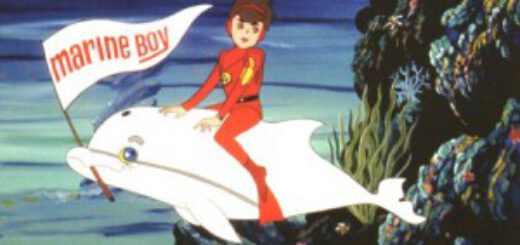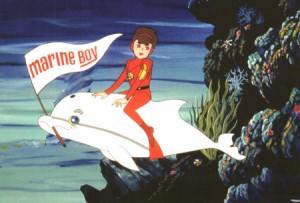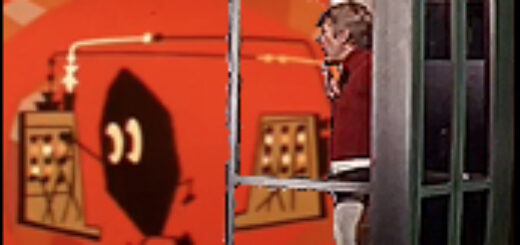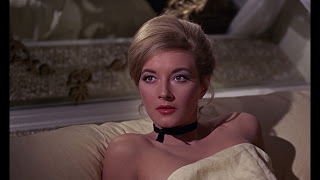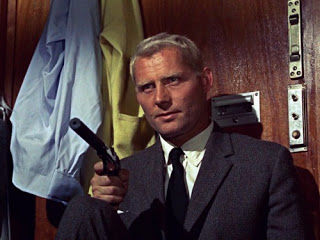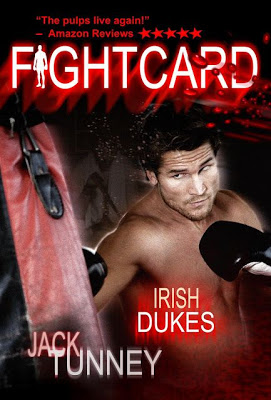The Wind Rises Vocal Cast Announced
 We remain enchanted by the offerings coming from Japan’s Studio Ghibli and the latest release, The Wind Rises, has a very impressive vocal cast. Check out the formal details:
We remain enchanted by the offerings coming from Japan’s Studio Ghibli and the latest release, The Wind Rises, has a very impressive vocal cast. Check out the formal details:
BURBANK, Calif. (December 17, 2013) – An A-list roster of voice talent has been assembled for the English-language version of Studio Ghibli’s The Wind Rises, which opens in select North American theaters on Feb. 21, 2014, expanding wide on Feb. 28, 2014. The film marks director Hayao Miyazaki’s final feature, as the legendary animation veteran announced his retirement in September 2013.
In The Wind Rises, Jiro dreams of flying and designing beautiful airplanes, inspired by the famous Italian aeronautical designer Caproni. Nearsighted and unable to be a pilot, he becomes one of the world’s most accomplished airplane designers, experiencing key historical events in an epic tale of love, perseverance and the challenges of living and making choices in a turbulent world. The voice cast of the English-language version follows.
- JOSEPH GORDON-LEVITT (Don Jon, Sin City: A Dame to Kill For) lends his voice to Jiro Horikoshi, who harbors strong ambitions to create his own beautiful airplane. A bubbling mix of wild excitement, extreme focus, individualism, pride, realism and idealism, Jiro also has a cool and brilliant mind and is recognized for his talent.
- JOHN KRASINSKI (The Office, Promised Land) provides the voice of Honjo, Jiro’s college friend and fellow aviation engineer.
- EMILY BLUNT (The Young Victoria, Edge of Tomorrow, Into the Woods) voices Nahoko Satomi, a beautiful and cheerful girl who is a passenger on the same train as Jiro on the day of a natural disaster. Ten years later, they reunite.
- MARTIN SHORT (Father of the Bride, Saturday Night Live) was tapped to portray Kurokawa, Jiro’s grumpy boss.
- STANLEY TUCCI (Julie & Julia, The Hunger Games films, The Devil Wears Prada) provides the voice of Caproni, an airplane creator known worldwide from the dawn of Italian aviation through the 1930s, who appears in Jiro’s dreams to stir up, advise and voice Jiro’s thoughts and emotions.
- MANDY PATINKIN (Homeland, The Princess Bride) lends his voice to Hattori, the senior designer at Mitsubishi.
- WERNER HERZOG (Jack Reacher, filmmaker Grizzly Man) voices Castorp, a mysterious visitor to Japan who encounters Jiro at a mountain resort.
- WILLIAM H. MACY (Shameless, Fargo) steps into the role of Satomi, Nahoko’s father.
- MAE WHITMAN (Parenthood, The Perks of Being a Wallflower) was called on to voice Kayo Horikoshi, Jiro’s younger sister, who adores him. Whitman also voices Kinu, Nahoko’s caretaker.
- JENNIFER GREY (Dirty Dancing, The Cotton Club, Ferris Bueller’s Day Off) provides the voice of Mrs. Kurokawa.
- DARREN CRISS (Girl Most Likely, Glee) lends his voice to Katayama, a jovial junior engineering colleague of Jiro.
- ELIJAH WOOD (Wilfred, Grand Piano, The Lord of the Rings trilogy) voices Sone, a studious engineering colleague of Jiro.
- RONAN FARROW (From Up on Poppy Hill) is the voice of the Mitsubishi Employee.
Also featured in the English-language version of The Wind Rises are Zach Callison (Sofia the First, Mr. Peabody and Sherman, Steven Universe), who voices young Jiro; Eva Bella (Frozen, Despicable Me 2, Almost Heroes 3D), who lends her voice to young Kayo; and Madeleine Rose Yen (Broadway’s War Horse, Irving Berlin’s White Christmas), who provides the voice of young Nahoko. Rounding out the English-language voice cast are Edie Mirman (Epic, Howl’s Moving Castle English-language version) as the voice of Jiro’s mother, and David Cowgill (Madagascar) as the voice of the flight engineer.
The English-language voice cast of The Wind Rises is directed by Gary Rydstrom, a seven-time Academy Award®-winning sound designer (Saving Private Ryan, Titanic) who worked on Wreck-It Ralph and Brave. Rydstrom also directed the English-language versions of The Secret World of Arrietty and From Up on Poppy Hill. The English-language version of the film is produced by Studio Ghibli and executive produced by Frank Marshall, who produced dozens of landmark films, including the Indiana Jones series, The Bourne Legacy and War Horse, and executive produced the English-language versions of Studio Ghibli films PONYO, The Secret World of Arrietty and From Up on Poppy Hill. Mike Jones (In the Event of a Moon Disaster) is credited with the English-language screenplay adaptation for The Wind Rises.
The Wind Rises was released in Japan in July 2013, topping the Japanese box office and the $120 million mark. The film opened for Academy Award® qualification engagements in New York and Los Angeles Nov. 8-14, 2013, showcasing the original film in Japanese with English subtitles.
ABOUT THE MOVIE:
In The Wind Rises, Jiro dreams of flying and designing beautiful airplanes, inspired by the famous Italian aeronautical designer Caproni. Nearsighted from a young age and unable to be a pilot, Jiro joins a major Japanese engineering company in 1927 and becomes one of the world’s most innovative and accomplished airplane designers. The film chronicles much of his life, depicting key historical events, including the Great Kanto Earthquake of 1923, the Great Depression, the tuberculosis epidemic and Japan’s plunge into war. Jiro meets and falls in love with Nahoko, and grows and cherishes his friendship with his colleague Honjo. Writer and director Hayao Miyazaki pays tribute to engineer Jiro Horikoshi and author Tatsuo Hori in this epic tale of love, perseverance, and the challenges of living and making choices in a turbulent world.
From Studio Ghibli, The Wind Rises is slated for limited release in North American theaters on Feb. 21, 2014, and expanded release on Feb. 28, 2014, under the Touchstone Pictures banner.


